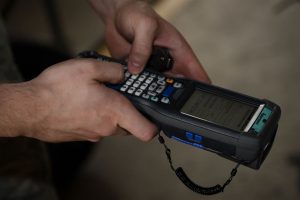The 15 Essential Facts About 2D Barcodes
Post on Thursday, January 4th, 2018 in Accounting
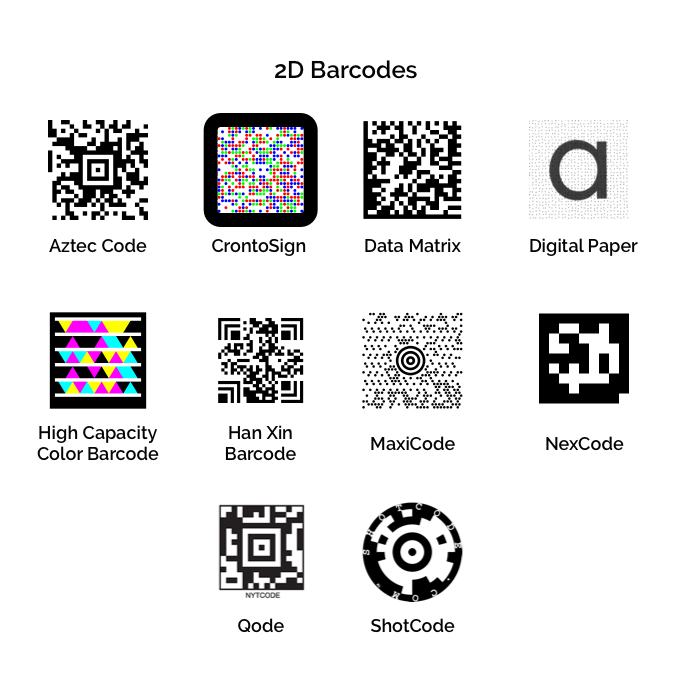
If you take a closer look at any modern barcode, you may notice that it contains not only stripes, but also rectangles, dots and hexagons. Most of the barcodes that we see in our everyday life are actually 2D barcodes.
If you’re wondering what a 2D barcode is and how it differs from a 1D barcode, you’re in the right place.
In this article, we will share some interesting barcode facts that are related mostly to 2D barcodes.
- When did barcodes begin? Actually, the concept of the first barcodes was being discussed between 1930 and 1940. In 1952, the first patent for the linear and bullseye (consisting of concentric circles) barcodes was issued to the inventors, Bernard Silver and Joe Woodland.
- When working on the 2D barcode idea, Joe Woodland was inspired by Morse code and drew his first barcode prototype on the sand on a beach in Florida.
- The first 2D barcode was developed in 1987 by David Allais at Intermed Corporation and got the name of Code 49.
- As compared to 1D barcodes, two dimensional barcodes can hold significantly more information in a smaller size. With fewer than 85 characters for 1D barcodes vs. hundreds of characters for 2D barcodes, it is not hard to guess the winner. The ability of 2D codes to hold a lot more information can also protect inventory items against counterfeits due to more accurate tracking.
- On one hand, 1D scanners are less expensive than 2D barcode scanners, which use newer technology. A 1D scanner also performs faster and has a longer scanning range. On the other hand, a 2D scanner can scan more items within a shorter time period, because 2D barcodes contain more information that 1D barcodes. As a result, when you read 2D barcodes, you populate several fields at once in your inventory management system, whereas with 1D barcodes, you have to make a scan per each field. Another advantage of 2D scanners over 1D scanners is that 2D scanners can read both 1D and 2D barcodes, whereas 1D scanners can read only 1D barcodes.
- It’s helpful to know some 2D barcode examples. These are the 2D barcode types: Data Matrix, QR Codes, Aztec, PDF417 and MaxiCode. We widely use these barcodes in our everyday life. For example, we use PDF417 codes in logistics and transportation, retail, government, healthcare, identification,and manufacturing, whereas MaxiCode codes assist us with tracking and sorting. Besides, we can use 2D barcodes to import data from external sources such as MS Office, MS SQL Server and other databases. 2D barcodes are even used by hospitals to identify the patients and control their medication schedule.
- You can easily read 2D barcodes with most smartphones, be it on either the iOS or Android platform. As a result, business owners can reach out to their target audiences by sharing important information in two dimensional barcodes placed on ads and products. Consumers can scan them and get instant information on their smartphones.
- It is possible to read even those 2D labels that are damaged. If a label is physically printed, sometimes it can be scratched or ripped, but modern 2D barcode scanners will still be able to read it.
- It is possible to read the two dimensional barcodes in any direction. Unfortunately, this is not true about linear barcodes.
- The 13 digit EAN barcode system, which is used all over the globe, can produce ten thousand billion unique codes.
- Unfortunately, 2D barcodes can be also dangerous. For example, they can contain embedded viruses that end up in the smartphone system after the code is scanned.
- Business owners should change the barcode any time they change the product parameters, the current barcode becomes outdated. Therefore, it is important to take this into account and keep barcodes up-to-date for customers.
- It is recommended that business owners prevent possible barcode copying by using a special laminate that only allows infrared light to pass through.
- QR codes, the most known type of 2D barcodes, do not have to be black and white, as it is enough for a QR reader to distinguish between the lighter and darker areas. Therefore, business owners are welcome to create branded QR codes according to their corporate style.
- The largest QR code so far (159 square meters) was created in 2009 by Audi as a marketing move while celebrating its 100-year anniversary.
If you’re going to implement barcodes into your business, we hope that now you’re more well-equipped with information about 2D barcodes. Specifically, now you have an understanding of what 2D barcoding is and how it can be used to help businesses.

Adam is the Assistant Director of Operations at Dynamic Inventory. He has experience working with retailers in various industries including sporting goods, automotive parts, outdoor equipment, and more. His background is in e-commerce internet marketing and he has helped design the requirements for many features in Dynamic Inventory based on his expertise managing and marketing products online.
Learn how Dynamic Inventory can streamline your business today!
Schedule a DemoRelated Articles
see all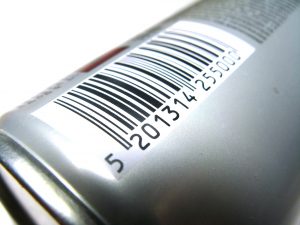
Step-By-Step Guide To Creating Your Own Barcodes
Creating powerful networks that help your company run smoothly is essential to building a successful retail business. A lot of …
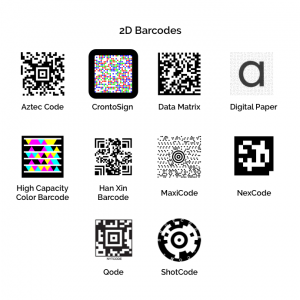
The 15 Essential Facts About 2D Barcodes
If you take a closer look at any modern barcode, you may notice that it contains not only stripes, but …
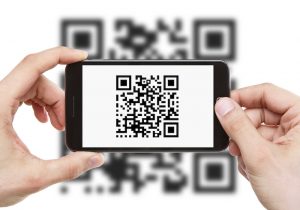
How To Use QR Codes Effectively
It is hard to imagine today’s everyday life without QR codes. They have become so integrated into our routines that …

